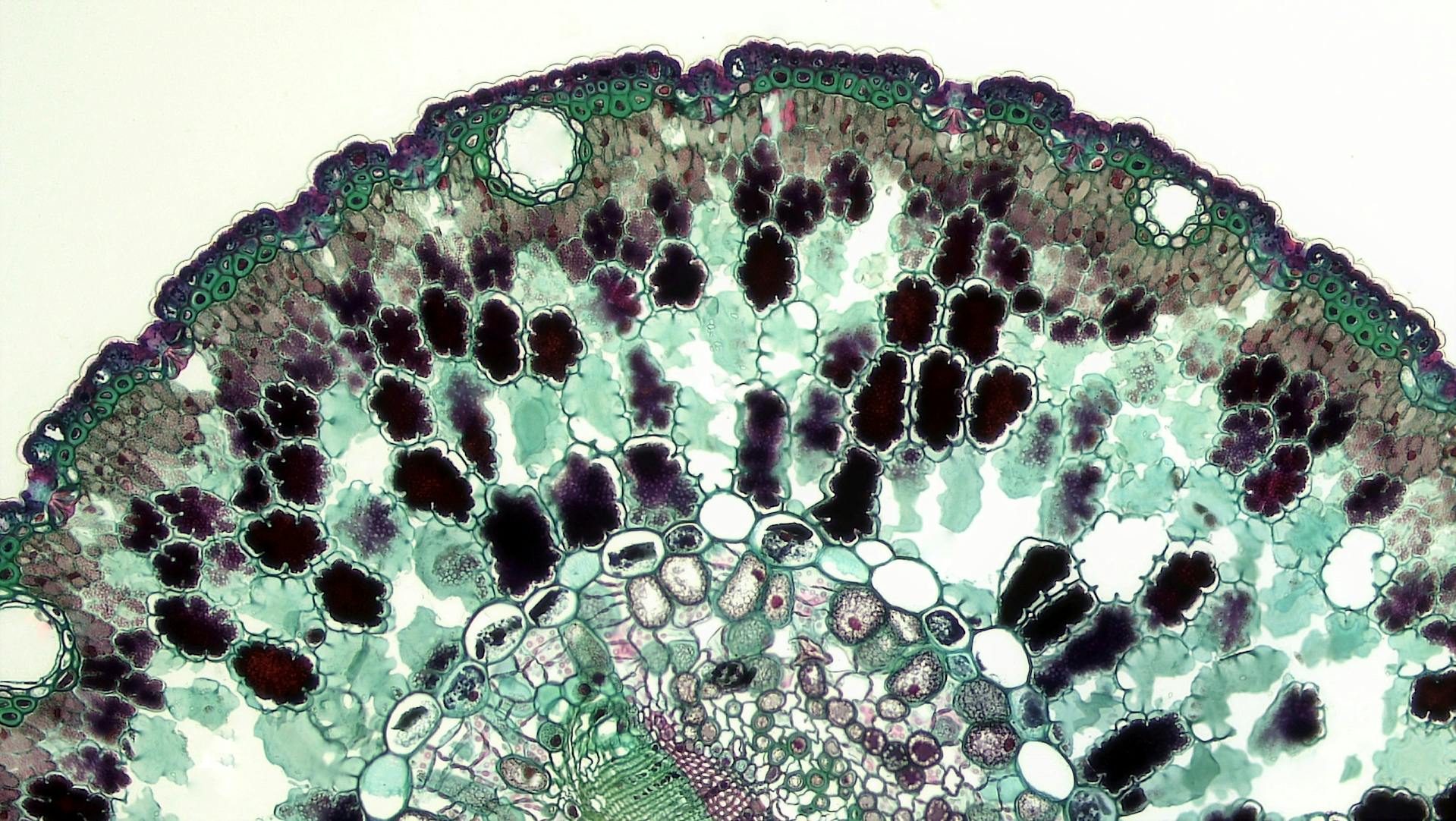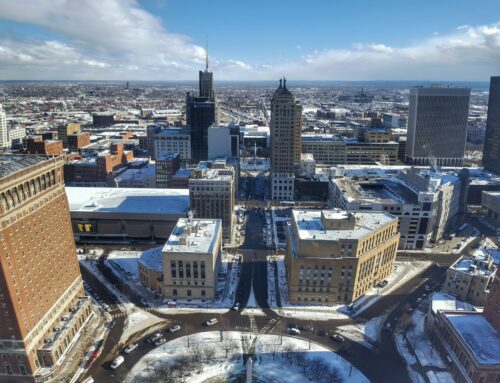Recent research into stem cells has found some interesting, yet unexpected results. The research involved dental pulp and periodontal ligament stem cells. A research team analyzed these two cells, including their relationship to one another. The research will also contribute towards the topic of regenerative dentistry, which is a growing subject of interest to scientists.

New research into various stem cells has uncovered some interesting and unexpected findings. Specifically, the research has looked into dental pulp stem cells and periodontal ligament stem cells [1].
The findings have implications for regenerative dentistry – something that researchers continue to show an interest in. This research will contribute to this subject area.
Background
This research looked at dental pulp and periodontal ligament stem cells. These are both types of cells that are found in the mouth.
Dental pulp stem cells are responsible for supporting dentin – which is a crucial part of any tooth. Dentin is found underneath the enamel of a tooth.
Meanwhile, periodontal ligament stem cells are found in the periodontium – which are tissues that surround and support the teeth. They help to maintain teeth in the maxillary and mandibular bones [2].
This research also contributes to studies into regenerative dentistry. This is the field of study that involves trying to find ways of healing and growing dental tissues naturally. It is a significant challenge to researchers.
The Research
The research was carried out by a team at the ADA Forsyth Institute and the University of North Carolina. Their findings have been published in the Journal of Dental Research [1].
The research team used stem cells from extracted human teeth. Unlike many studies into stem cells, the team did not culture these cells [1].
The team used a method called single-cell transcriptomic analysis to successfully map dental pulp and periodontal ligament stem cells [1]. This refers to analyzing the cells to compare genetic and physical interactions between them.
These cells have the potential to develop into any other type of cell in the human body. But the team wanted to know about their differences in their ability to develop into other cells [1].
Through the transcriptomic analysis, the team found that both types of stem cells have seven different gene clusters. Out of these seven gene clusters, four were very similar. However, three had marked differences [1].
Interestingly, the team found that the differing periodontal ligament stem cells had qualities that resembled fibroblasts – which are cells that act as connective tissues [1].
However, the differing dental pulp stem cells had a higher potential for differentiation. Therefore, the dental pulp stem cells transformed more easily into bone cells [1].
Impact on regenerative dentistry
In terms of the implications on regenerative dentistry, the research can aid this topic. Advancing scientific understanding of regenerative dentistry was one of the most desirable outcomes of this study.
This analysis has provided further information on the specific genetic composition of the cells, as well as how they differentiate [1]. This will help the researchers tailor future research directions.
Scientist Alpdogan Kantarci, who also served as the lead author of the research, heralded the research as generating “a new era of work in regenerative medicine” [3].
Kantarci said that future research may involve selecting a certain stem cell based on its “distinct properties to create targeted regenerative dental tissue repair and other regenerative therapies” [3]. Therefore, the findings clearly have contributed towards the study of regenerative dentistry.
What this means
The researchers acknowledged that they had originally believed that there would be few differences between the two different types of stem cells [1]. However, there were actually many differences between them.
The researchers were delighted with the outcome, with this study offering the most detailed analysis of these stem cells to date. As mentioned, this will help with regenerative dentistry too.
Further research into this subject will follow. While regenerative dentistry is a topic that will continue to be researched for many years, studies like this will certainly contribute to ongoing efforts.
Thinking points…
1) This research adds to the body of evidence on regenerative dentistry. Unfortunately, we are likely to be many years away from teeth automatically regenerating! Therefore, remember to have excellent oral hygiene, as you only get one set of teeth! However, if you do have missing teeth, or are concerned about the appearance of your teeth, you could have a discussion with your dentist to see your options!
2) It is very important to attend regular dental check-ups. These present a chance for a dentist to take an in-depth look at your oral health, and suggest treatment if needed. By having regular appointments, it will help your oral health to be strong. We recommend booking an appointment now!
What we offer at Taradale Dental
Taradale Dental is a Calgary dental clinic that provide its patients with a range of treatment options and advice, with the aim of improving oral health and boosting overall wellbeing!
We advise our patients to attend our Calgary-based dental clinic twice a year for a dental check-up. If any problems are detected, we have many treatments available. For instance, these include cavity fillings and root canals. To try and prevent problems, it is important to brush your teeth at least twice a day and floss regularly.
Here at Taradale Dental, we also have some cosmetic treatments available! These include dental implants, tooth whitening and Invisalign™! Our patients find that these treatments have a positive impact on their appearance, confidence and self-esteem.
In addition, the fees of our services at our Calgary dental clinic Taradale Dental are set in line with the Alberta Dental Fee Guide.
We would love you to visit our Taradale Dental clinic in Calgary! You can find out more about us by visiting our website https://taradaledental.ca.
References
[1] Yang, Y., Alves, T., Miao, M. Z., Wu, Y. C., Li, G., Lou, J., Hasturk, H., Van Dyke, T. E., Kantarci, A., & Wu, D. (2023). Single-Cell Transcriptomic Analysis of Dental Pulp and Periodontal Ligament Stem Cells. Journal of Dental Research. 103 (1): p71-80. DOI: https://doi.org/10.1177/00220345231205283.
[2] Lei, M., Li, K., Li, B., Gao, L-N., Chen, F-M., & Jin, Y. (2014). Mesenchymal stem cell characteristics of dental pulp and periodontal ligament stem cells after in vivo transplantation. Biomaterials. 35 (24): p6332-6343. DOI: https://doi.org/10.1016/j.biomaterials.2014.04.071.
[3] Forsyth Institute. (2024). Study mapping entire genome of oral stem cells opens new doors for regenerative medicine. Available: https://medicalxpress.com/news/2024-01-entire-genome-oral-stem-cells.html. Last accessed: 19th January 2024.


